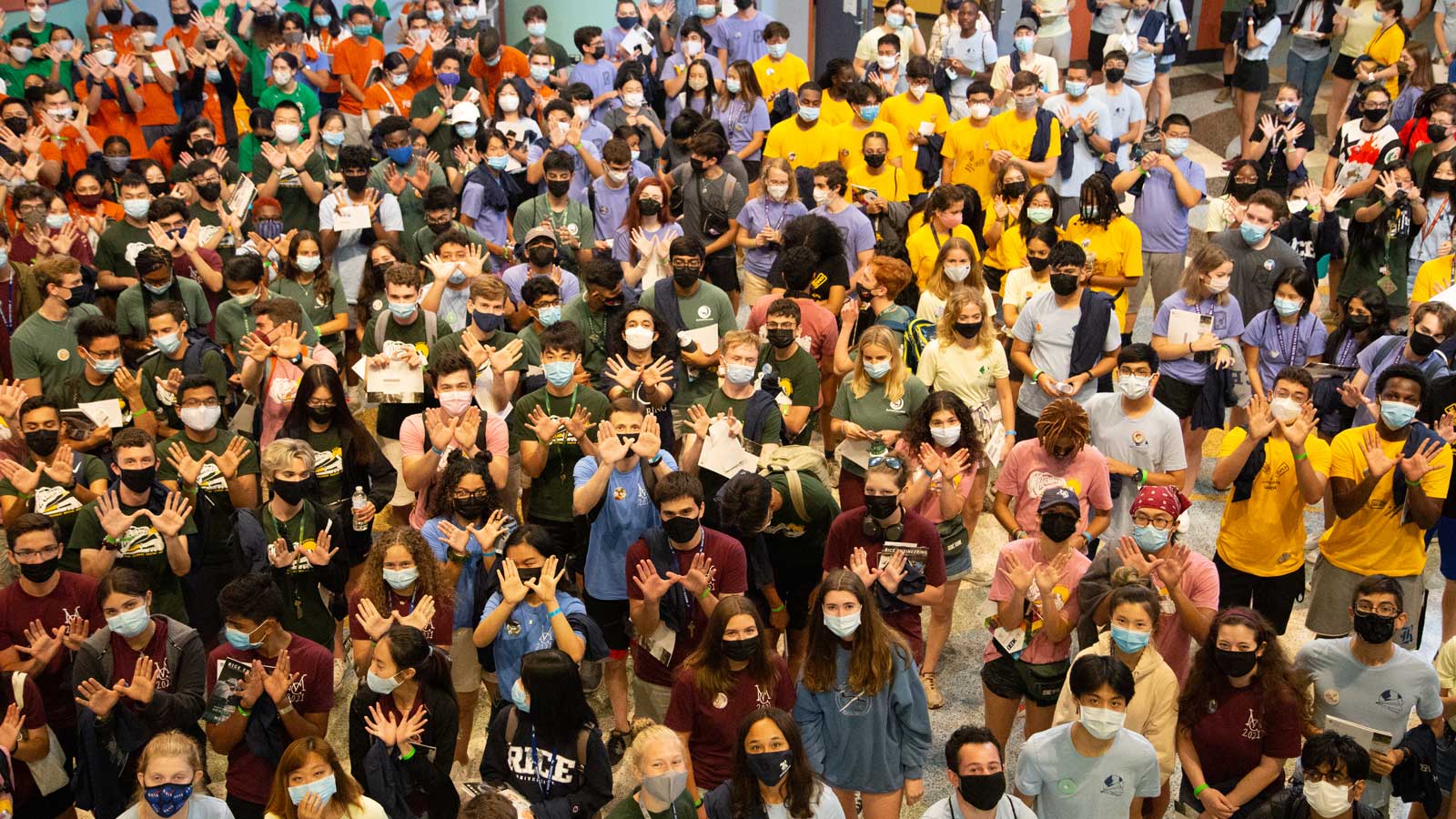This fall the George R. Brown School of Engineering saw the largest incoming class of freshmen in its history.
New student enrollment in engineering totaled 382, up from 341 in 2020. The largest previous freshman engineering class came in 2015, with 363.
Earlier this year, Rice announced a plan to increase undergraduate enrollment by 20 percent, which would amount to adding 800 undergraduate students over the next four years. The plan, approved by the Rice Board of Trustees, establishes a strategy for growth in such aspects of the university as faculty, facilities, research and graduate studies.
“Part of this increase in engineering enrollments is due to the planned 20 percent increase in the university’s overall student population. Another part could be the rising interest in engineering in general,” said Luay Nakhleh, the William and Stephanie Sick Dean of Engineering.
Renata Ramos, associate dean of academic affairs, added: “The increased interest in engineering fields, such as computer science, coupled with the increased undergraduate enrollment at Rice, have contributed to the observed enrollment growth over the past few years.”
In 2019, the board of trustees approved investment in nine new faculty members in computer science (CS) to be hired in the four years beginning July 1, 2020. When Nakhleh became CS chair in 2017, the faculty numbered 18. By July 1, 2023, it is scheduled to total at least 34.
“The positive effects of higher enrollment,” Nakhleh said, “include graduating more students and amplifying the impact of the school, as well as having a larger engineering community at Rice that can help with research and service. The negative effects include having larger classes, especially because students are not distributed uniformly across departments in the school.”
The university’s planned expansion follows an approximately 35 percent increase in undergraduate enrollment between fall 2005 and 2013, in addition to growth in graduate programs. If Rice achieves its 2025 goal, its student body will have grown by roughly 80 percent in two decades.

